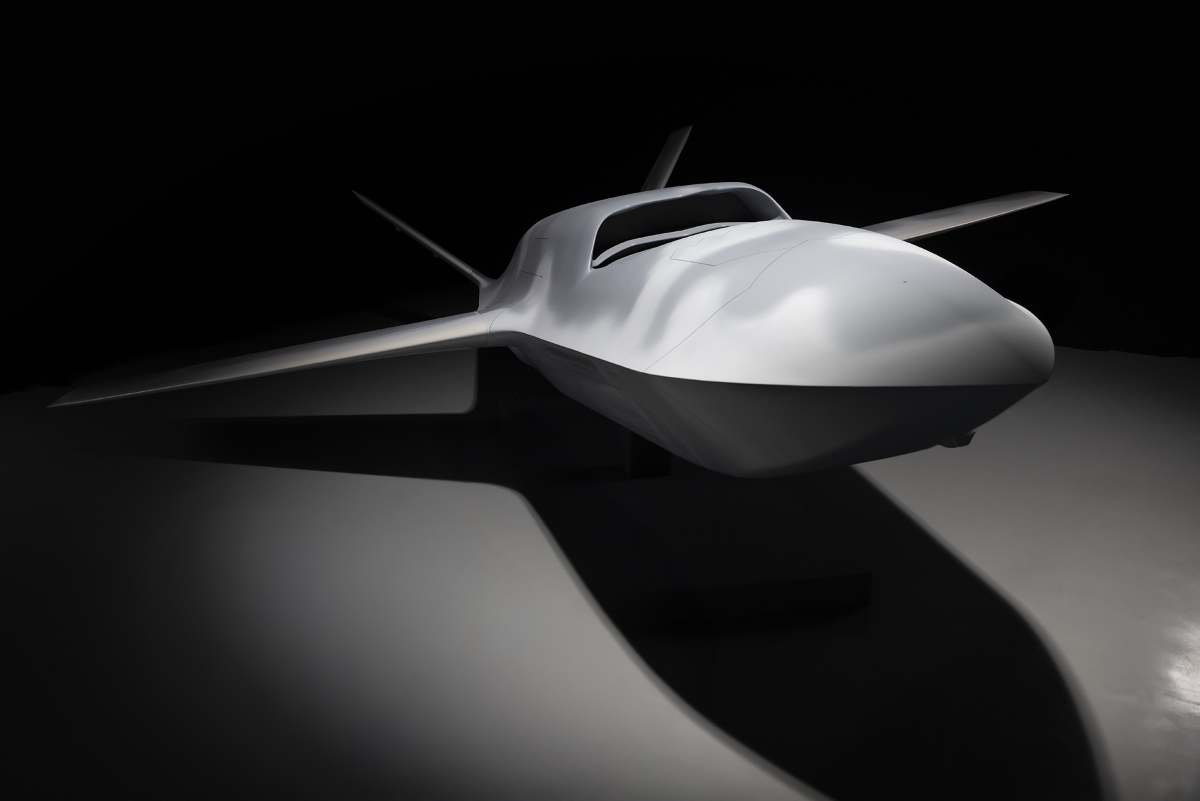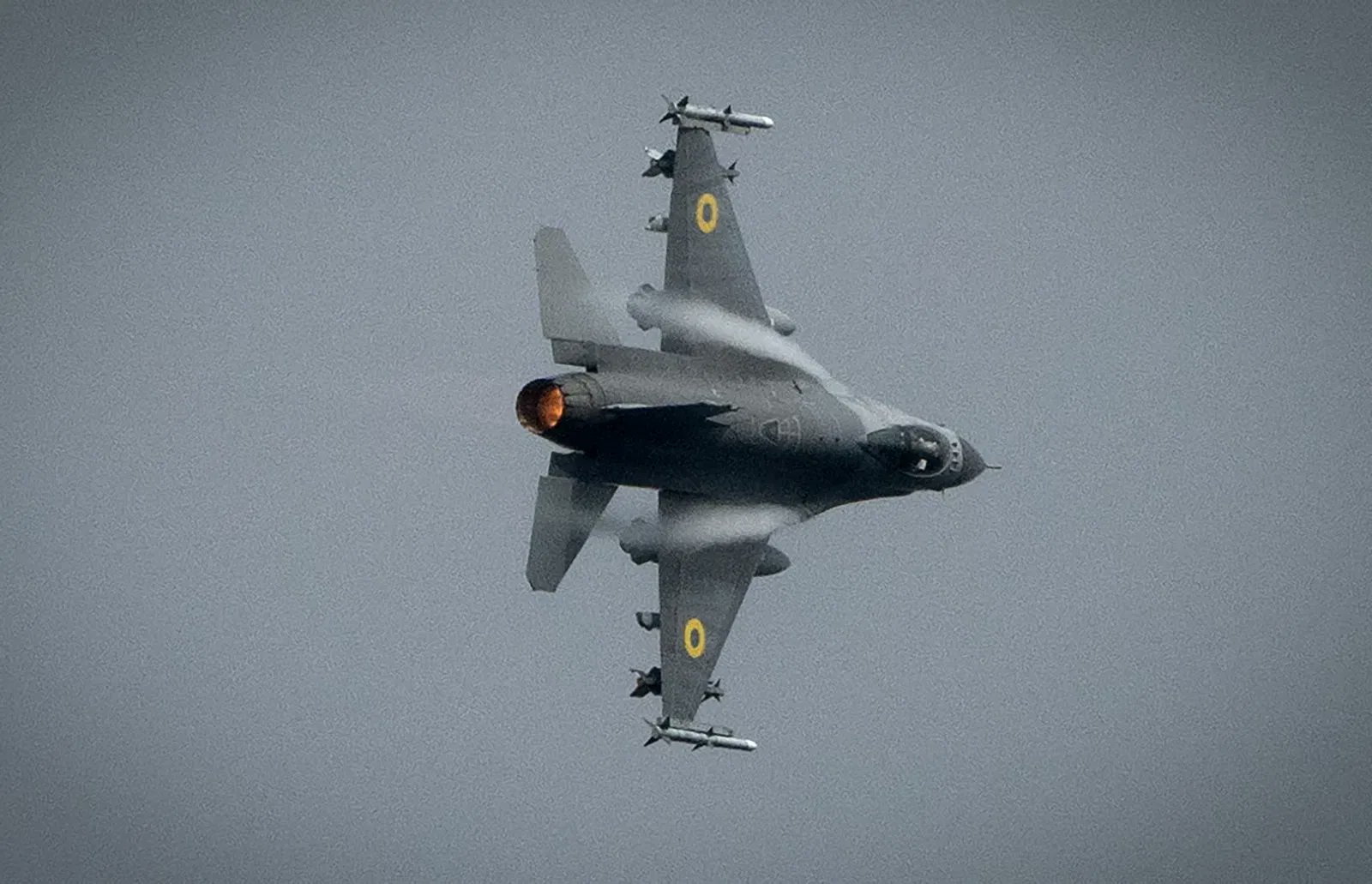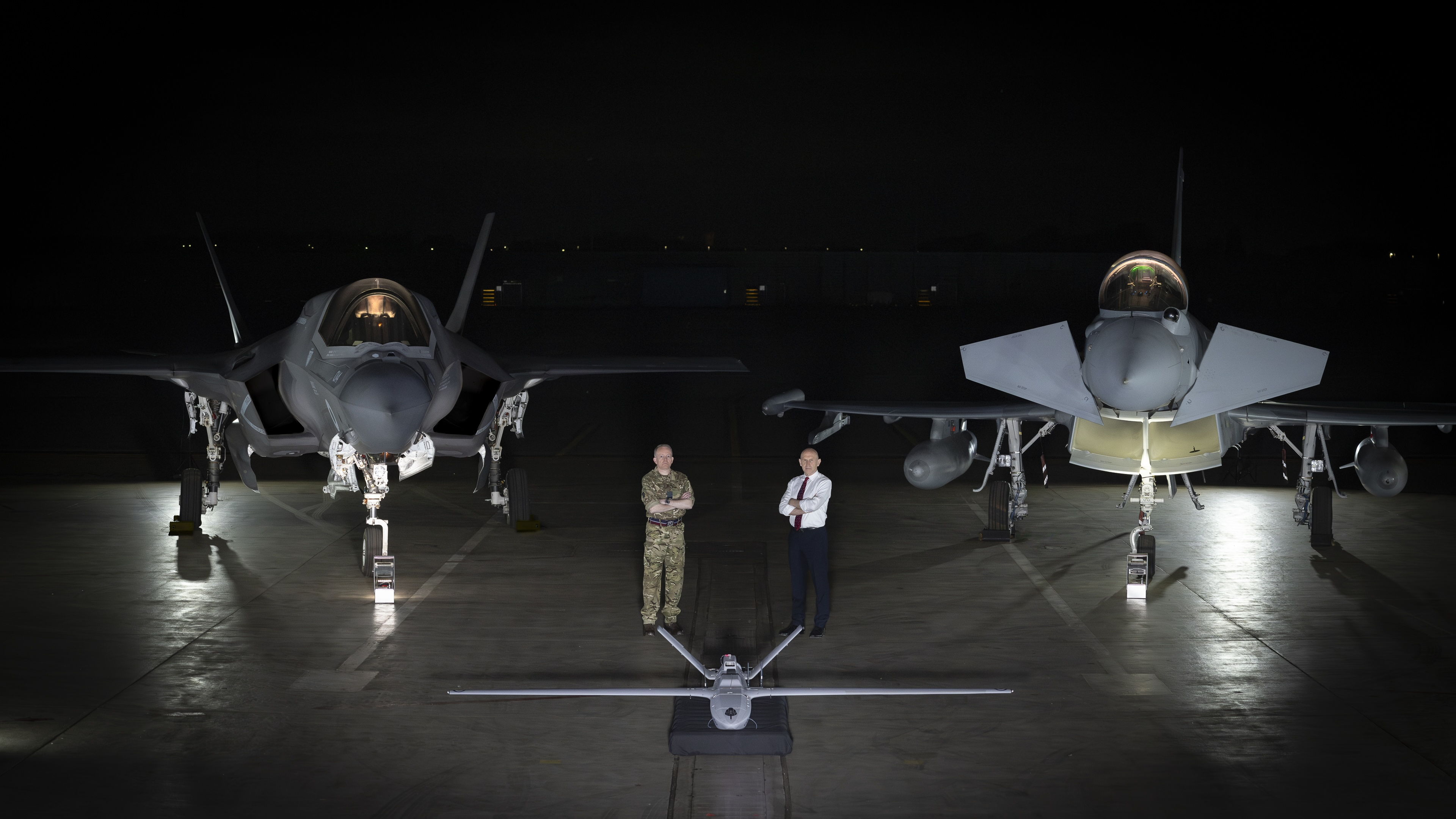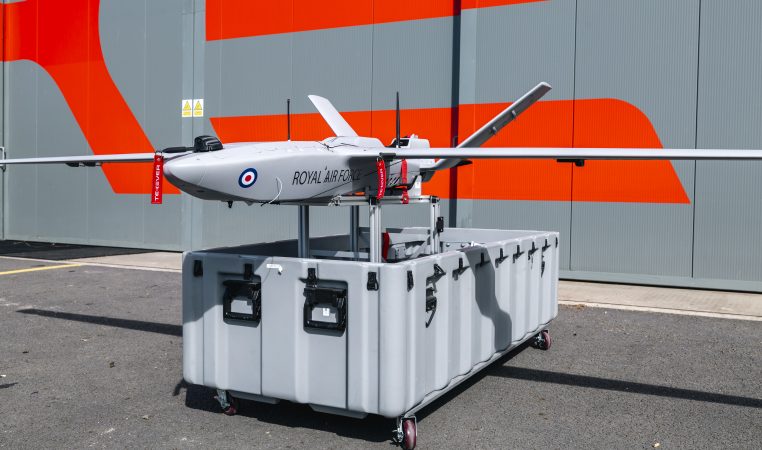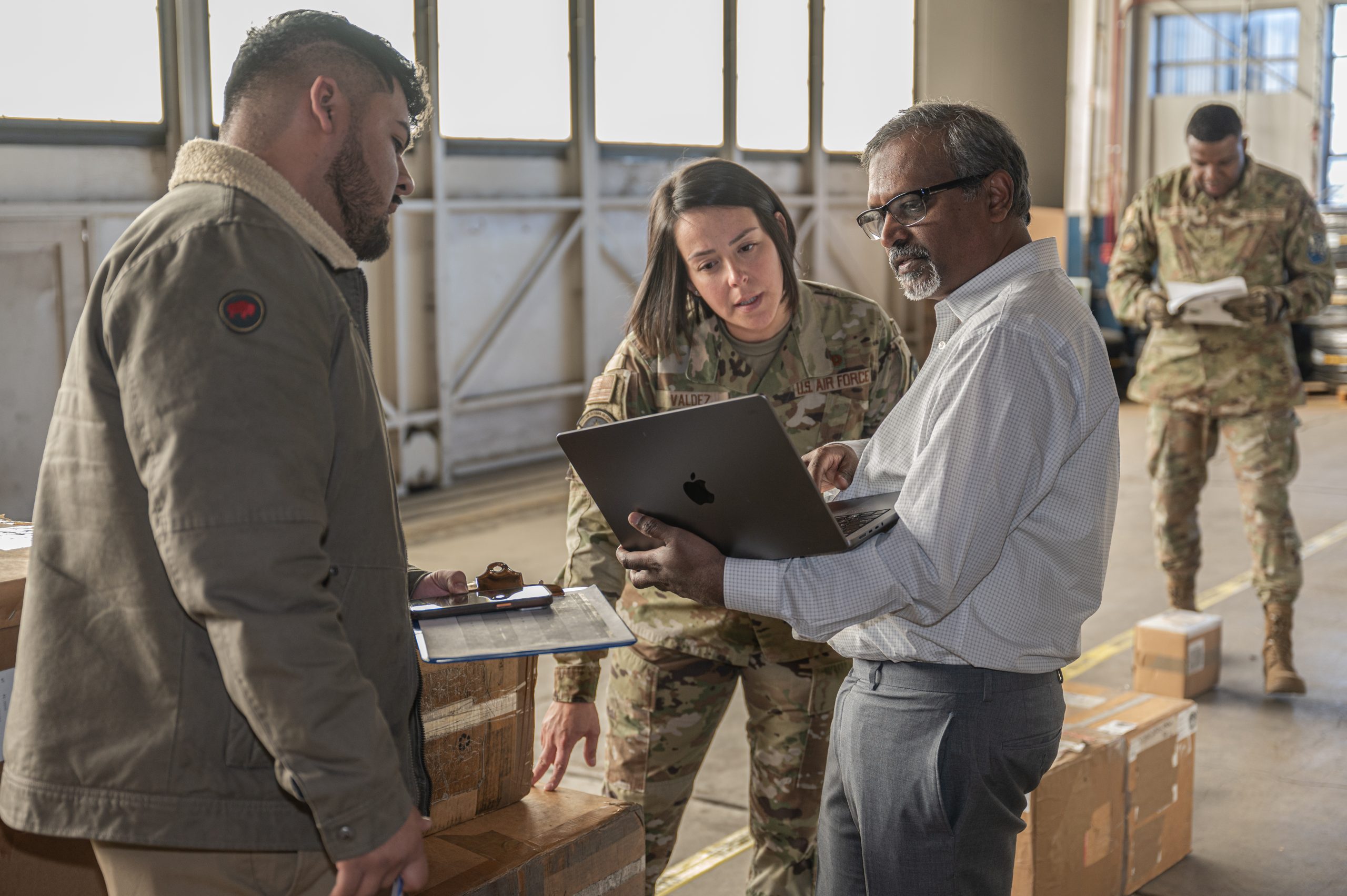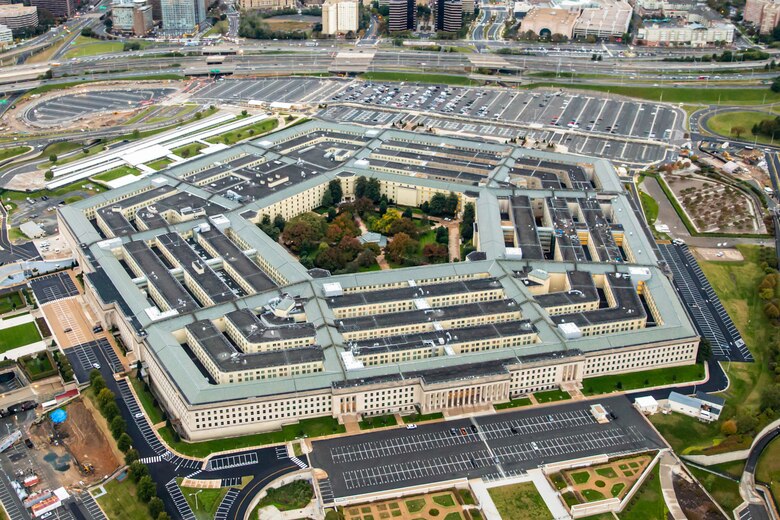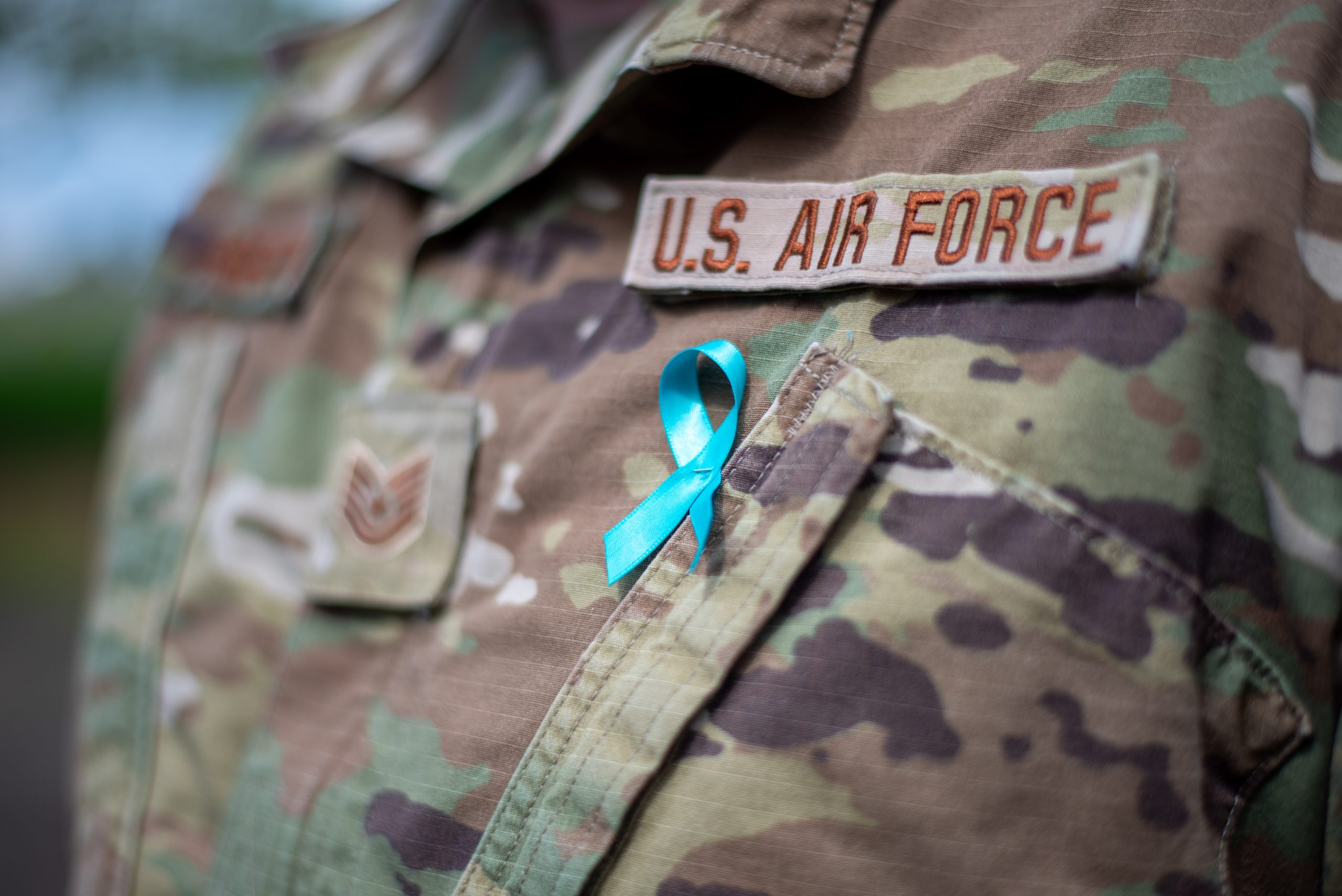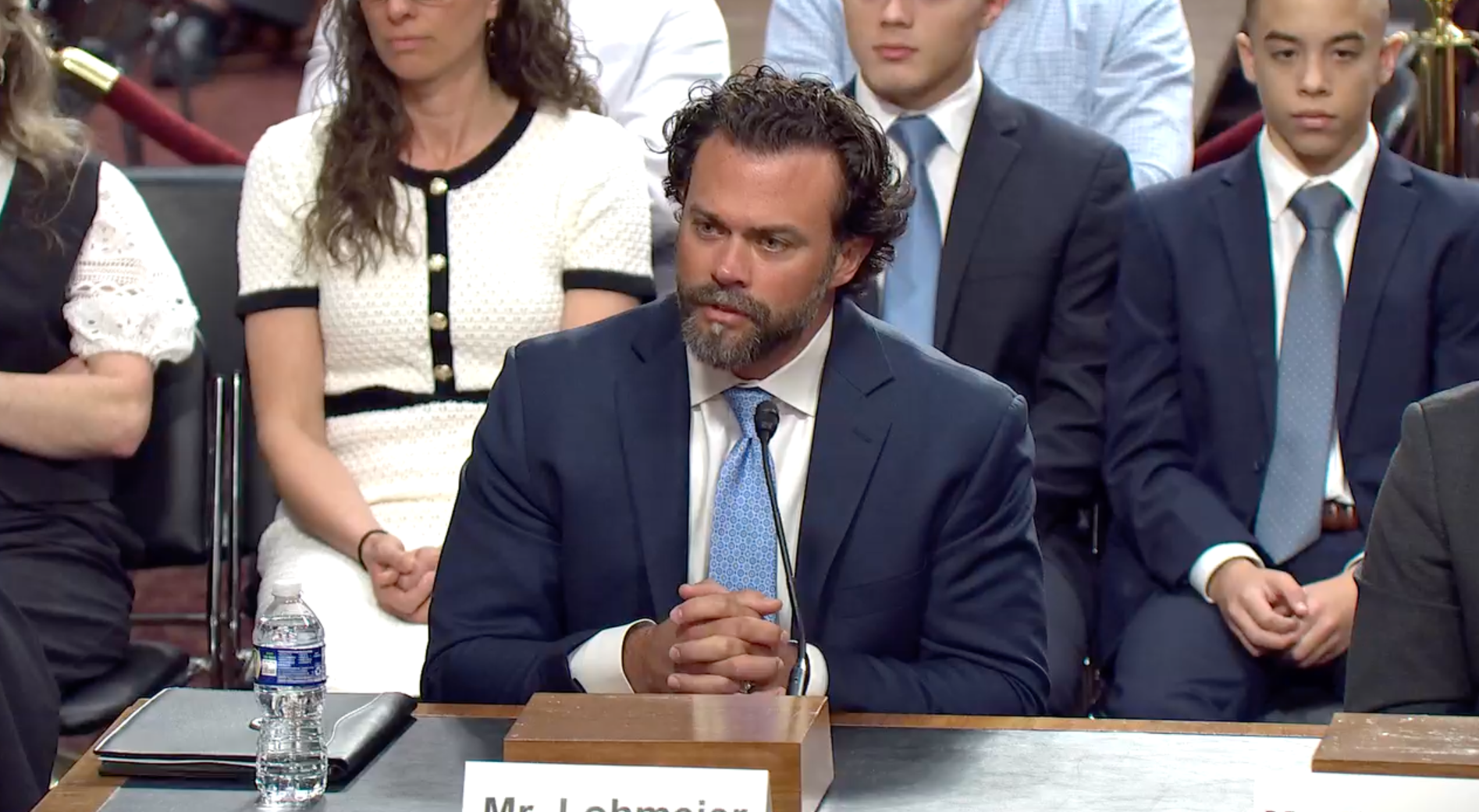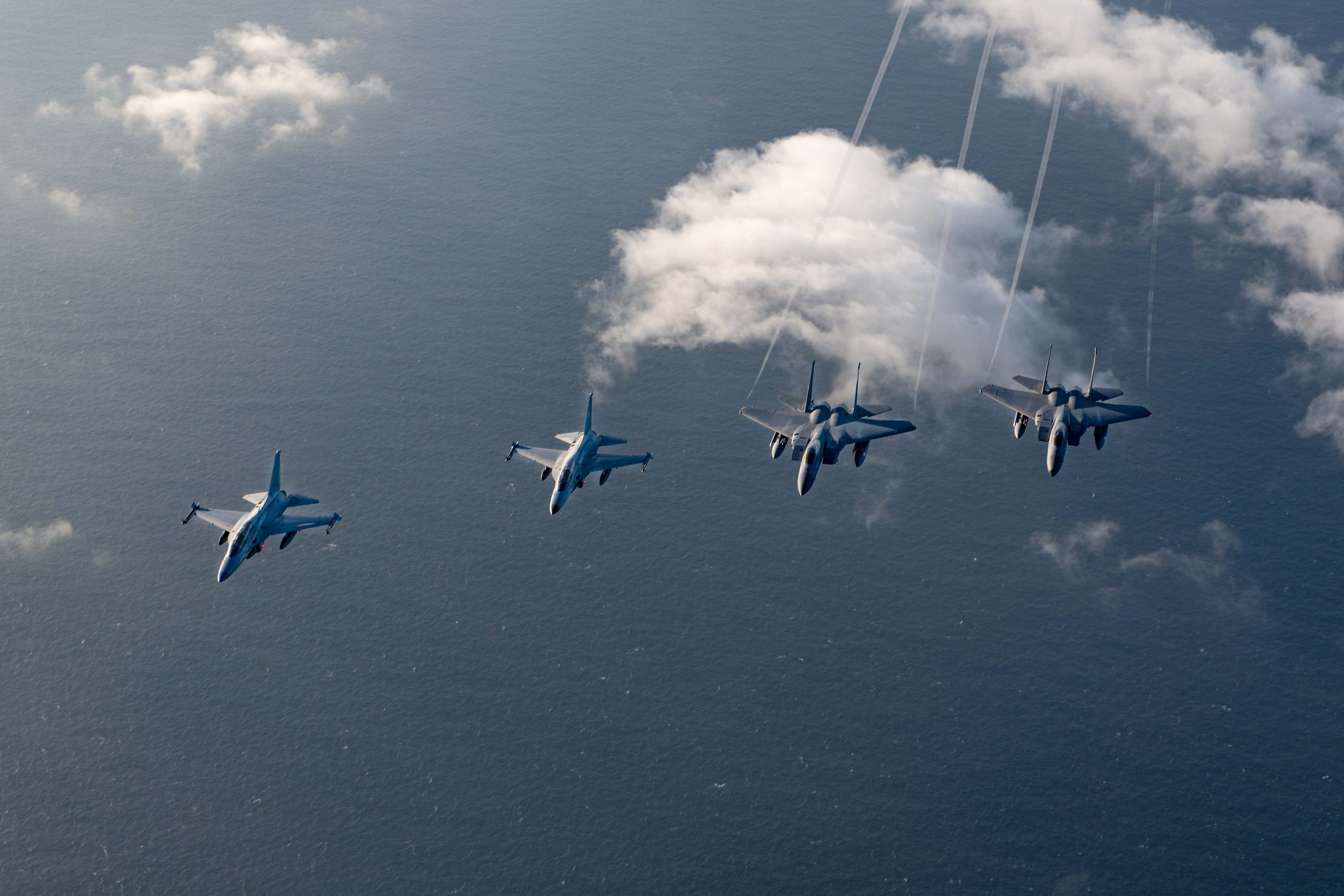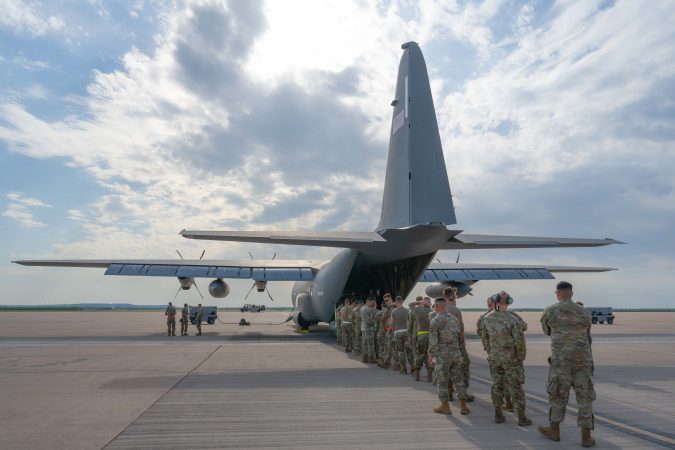The Air Force announced this week it is creating a new kind of organization—called an Aircraft Readiness Unit—to provide Collaborative Combat Aircraft for combat operations. Yet that announcement is just one of the “early steps” of operationalizing the semi-autonomous drones, with many more to come, a spokesperson told Air & Space Forces Magazine.
The ARU is not planned to be a schoolhouse where fighter pilots can come to learn how to manage the drones, which will to fly alongside manned platform and be controlled by them. The unit’s manning will also be “an order of magnitude” less than traditional remotely-piloted aircraft squadrons, the spokesperson said.
Beale Air Force Base, Calif., is the “preferred location” for the ARU, meant to “provide combat aircraft ready to deploy worldwide at a moment’s notice.” In its announcement, the Air Force noted that because CCAs are not crewed, they will “not have to fly a significant number of daily sorties to maintain readiness. They will be maintained in a fly-ready status and flown minimally,” so the number of Airmen needed to support the fleet “will be substantially lower” than for other weapon systems.
Asked if the unit will be flying CCAs to forward locations where they’re needed or whether they’ll be transported in crates for reassembly and operations, an Air Force spokesperson said “we are still developing the tactics, techniques, and procedures for employing CCA. Due to operational security, specifics on this will likely not be releasable in the future.”
The spokesperson added that the unit “is not a schoolhouse,” but will simply provide CCAs for operational use. The CCA is “a new concept for an airborne weapons systems, and CCA units will be different from traditional flying squadrons. We expect to have more information in the future.”
Air Force and industry leaders have said experiments show fighter pilots can manage up to six CCAs with relative ease.
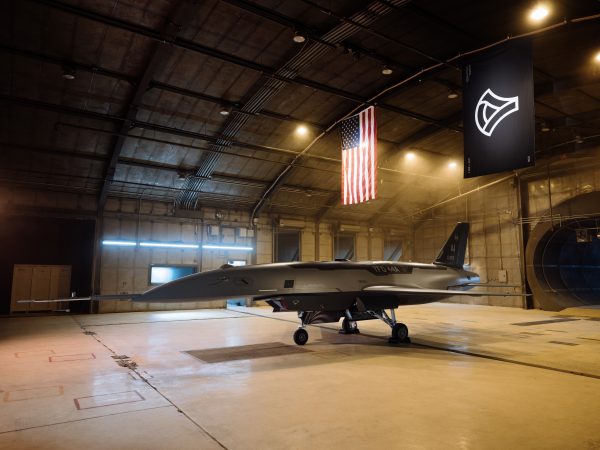
There has been debate in recent years whether CCAs will be integrated with fighter units or have their own organizations, and the Air Force seems not to have resolved that debate yet. Asked if the establishment of the ARU means that the question has been settled, the spokesperson did not directly respond, saying the declaration of Beale as the preferred location for the ARU “is one of many early steps in the process to formalize the organizational structure of the CCA program.”
The Air Force declined to provide target dates for standing up the unit, how many aircraft will constitute initial operational capability, or when that will happen.
“Due to operational security, the specific timelines for standing up this unit are … not available at this time,” the spokesperson said. The CCA unit “will not follow the traditional model of more aircraft equals more personnel. CCA require fewer hours and sorties to maintain operational proficiency and are designed to simplify and reduce maintenance actions. The reduced personnel requirements are an order of magnitude lower than traditional fighter or RPA units.”
Given how early it is in the introduction of CCAs, “there is much to learn” about them, and the Department of the Air Force “has not yet determined the total fleet size,” the spokesperson said. “However, the DAF is committed to fielding an operational CCA capability before the end of the decade.”
The spokesperson also said it is still too early to say whether the ARU will have a formal association with a particular Active, Reserve, or Guard unit, though “we expect more information on this to become available in the future.”
Though the plan is for Beale to host the ARU, the Air Force’s reference to it as the “preferred” location means that environmental impact assessments and other processes must be completed before it can be confirmed as the new home of the CCA mission.
As part of its ARU announcement, the Air Force also disclosed that the two contenders for the CCA program, Anduril Industries YQF-44A and General Atomics Aeronautical Systems YQF-42A, have begun ground testing ahead of flights this summer. One of these two candidates for Increment 1 of the CCA program is expected to be selected for production after October. The service plans to produce at least 200 Increment 1 CCAs at a cost of $27-$30 million, with the first available for operations circa 2028-2030.
The Air Force also plans to choose final competitors to develop Increment 2 in 2026, but those aircraft are expected to be less sophisticated, and may be air-launched, as opposed to Increment 1 CCAs, which require a runway for takeoff and landing.
